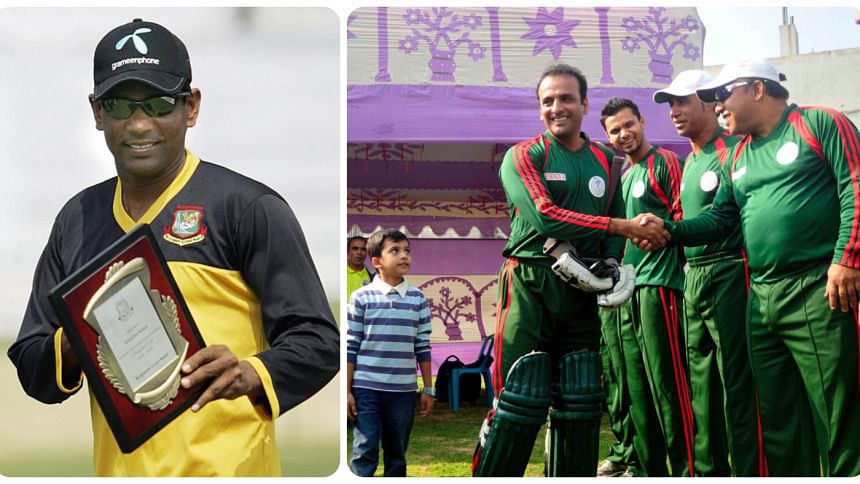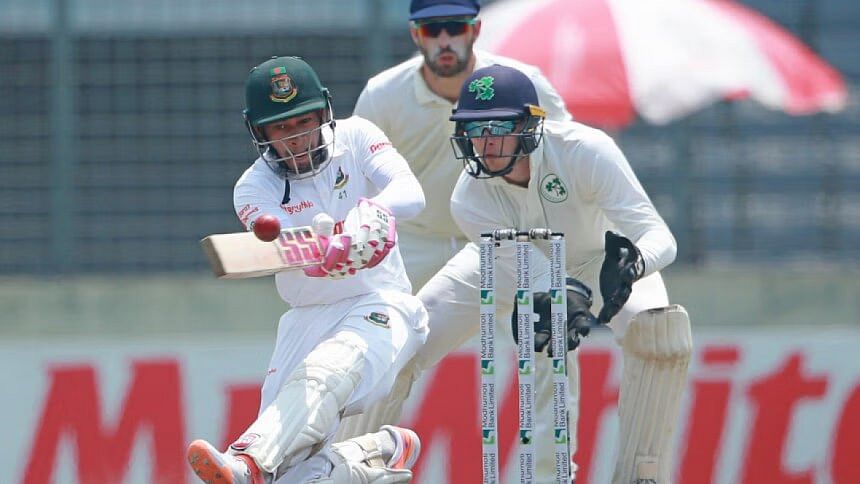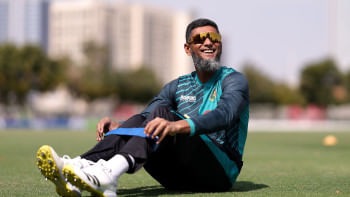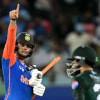A legacy of retirement limbo in Bangladesh cricket

Did you know that ChatGPT can come up with unique quotes on different topics?
For instance, "The peculiarities of a language are the peculiarities of its people," is a pretty sophisticated quote that ChatGPT came up with by itself, deriving from arguments made by linguists and philosophers that the idiosyncrasies of a language have some deep underlying relation with the culture of which the language belongs to.
Every language has some peculiar expressions that make perfect sense to native speakers but seem bizarre to non-natives. For example, a common idiosyncrasy in Bengali is how the natives use the word 'Ashi', which literally means coming, right before they leave.
The implication behind saying 'Ashi' before taking leave is that even though the person is going away right now, they intend to come back soon.
In other words, it's just a temporary goodbye, not a permanent one.
This reluctance to bid adieu in a straightforward manner may seem like an innocent peculiarity of the Bengali language.
But judging by how most Bangladesh cricket team stars have retired from the game over the years, the most recent retirees being Mushfiqur Rahim and Mahmudullah, maybe Bengalis are just inherently bad at goodbyes, as the temptation of lingering around just a bit longer is too much for them to ignore.
Retirements, reluctant retirements and non-retirements
"I have decided to quit cricket as a mark of protest against a group of people in the Bangladesh Cricket Board [BCB] who do not want to see me in the squad."
In a press conference during a home series against South Africa in 2008, Mohammad Rafique, regarded as one of the finest left-arm spinners ever produced in Bangladesh, said this, explaining why he had announced that series as his swansong with the Bangladesh team.
Rafique, who was 38 at the time, was well past his prime and the time was right for him to pass the baton to someone younger.
But judging by Rafique's statement, he believed he had more to give to the national team even at that age but due to a rift with some board officials, decided it was better to step away.
And it's worth mentioning, Rafique said this right before the second and final Test and was not picked for the following the ODI series against the Proteas.
Rafique's sulking retirement, however, is far from a one-off occurrence as in Bangladesh, most cricketers reluctantly retire, get unceremoniously dropped or never get to formally bid adieu.
Take Aminul Islam Bulbul for example. Bulbul, Bangladesh's first Test centurion, is regarded as one of the finest Bangladeshi batters of the 90s, who also captained Bangladesh in the 1999 ICC World Cup. But he never got to formally retire from the game.
Bulbul last played for Bangladesh in the Dhaka Test against West Indies in 2002, was then dropped from the squad and never brought back.
And then there is Javed Omar Belim, a steadfast opener from the 90s and noughties, who also got unceremoniously axed. He finally retired from the game in January 2014, almost seven years after he last appeared for the Tigers, with an exhibition match in Dhaka.
Rafique, Bulbul, and Javed are just the tip of the iceberg as other than former Bangladesh captain Khaled Mahmud, who retired in 2006, no notable Bangladesh cricketer has ever gotten to retire from the national team from the field.
New names, new ways, same retirements
The erratic nature of players' retirements in the 2000s can be attributed to the fact that at that time Bangladesh cricket was in a transition mood.
From an associate nation with no real first-class structure, Bangladesh had become a Test-playing nation and many of the players who were pivotal in taking the Tigers to the Test arena were deemed not good enough to carry on at the highest level and were swapped out by younger players.
That logic is no longer applicable in the late 2010s and the 2020s but still, the nature of retirements have remained as erratic with a few changes.
The biggest change in terms of retirements from back then and now is how it is being announced.
Earlier, Bangladesh cricketers, those who at least retired, would usually call a press conference to announce that they are quitting the game. But now, a simple post on Facebook is doing the trick.
The recent retirements of Mahmudullah and Mushfiqur Rahim were announced on social media, and Tamim Iqbal, in January, announced his retirement the same way.
Tamim had actually tried to do it the old school way, by calling a press conference in Chattogram mid-series against Afghanistan in 2023, much akin to how his uncle Akram Khan called time on his career many years ago. But on that occasion, Tamim overturned his decision in less than 24 hours and was back in international cricket.
However, in the 16-or-so-months since his un-retirement, Tamim played just two ODIs and batted only once for the Tigers before finally calling it quits.
Shakib Al Hasan also tried to do it a bit differently, announcing his retirement plans during Bangladesh's India tour last year, but those plans were disrupted as the all-rounder, who was part of the ousted Awami League government, has not returned to the country amid security concerns and right now, his international career seems to be in a limbo.
But the strangest case out of the 'Big Five' is former captain Mashrafe Bin Mortaza, who backed out of his decision to retire at the 2019 World Cup at the last moment, stepped down from ODI captaincy in 2020, and has not been part of the team in five years but is yet to officially retire.
No plans and the missing moment of clarity
Recognising the right time to move on is tough, not every cricketer gets it right. Some cricketers have it all planned out well in advance while some others get a moment of clarity and decide it's time to hang up the boots.
Adam Gilchrist realised that he needed to retire mid-Test after dropping a catch while someone like Sachin Tendulkar had an entire series dedicated to his retirement.
In Bangladesh, however, most cricketers usually adopt neither approaches. Instead, they hang onto their places in the side as long as possible, leaving it up to the management to kick them out of the team.

While the management in Bangladesh were quick to axe players in the past, they are more circumspect now, considering the contributions and popularity of the established stars, leaving the onus to them to decide when to move on.
And this has led to the unceremonious end of the famed 'Big Five' of Bangladesh cricket.
Mashrafe, Bangladesh's most successful captain ever, did not receive the grand goodbye he deserved as a cricketer while Tamim's international career stayed in limbo for some time before officially coming to an end off the field.
Meanwhile, Mushfiqur, who has been a bedrock of Bangladesh's white-ball setup for years, quit T20Is in 2022 amid pressure on social media and then bid adieu from ODIs under the same sort of pressure following an underwhelming ICC Champions Trophy.
Mahmdullah, too, called it time from all formats not amongst fanfare but amidst calls from all corners for him to move on.
The five pillars, one by one, have disappeared from the white-ball formats, with Mushfiqur the only one still active in Tests.
The five of them had the chance to be trend setters when it came to retirement, but eventually, their careers ended more or less the same way like their Bangladesh predecessors. One could call their retirements proof of how Bangladesh's cricketing culture has not really developed or even claim that this proves that Bengalis just don't know when to call it quits. Whichever one believes, one thing is for sure, the state of retirements in Bangladesh cricket is heartbreaking.

 For all latest news, follow The Daily Star's Google News channel.
For all latest news, follow The Daily Star's Google News channel. 











Comments